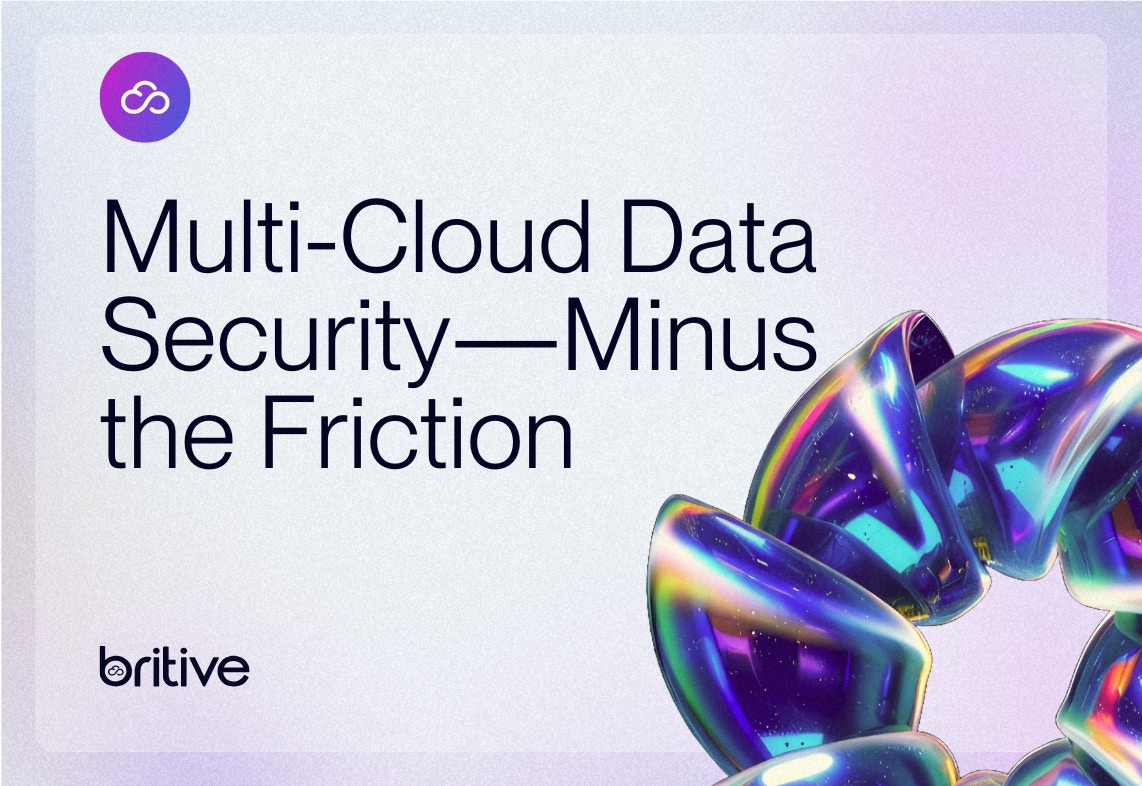


Back to resources
How to immediately minimize attacks in public cloud environments
January 2021 / 4 min. read /

Public Cloud Environments are Vulnerable to Privileged Access Attacks
There has been a great deal of recent attention on cloud security. High profile attacks like SolarWinds have shone a spotlight on the number one entry point for malicious intent - accounts with privileged access. Needless to say, countless enterprise organizations will have entered 2021 with the intention to review privileged access management in order to minimize attacks immediately.
Legacy Access Management Doesn’t Work in Multi-Cloud Environments
The reality is, the acceleration of cloud adoption for business has outpaced companies’ ability to keep up in their approach to cloud based security. There are thousands of cloud applications, all with different access models. Critically, this explosion in cloud systems and apps has left enterprises with little or no visibility into cloud privileged user access. They simply cannot see who has what access, and how it’s being used.
Compounding this problem is the fact that several of the identity and access management (IAM) systems available to enterprises today actually inhibit cloud operations and administration. They support static access policies in cloud applications, which make organizations more vulnerable by leaving access always open to potential internal and external abuse. Access violations and threats across thousands of cloud applications are inevitable in this scenario.
Centralizing Cloud Privilege Access Security is Critical
When you have a corporate data environment made up from a growing number of interconnected SaaS systems your number one priority in terms of cloud security posture management should be to centralize cloud access management across your entire landscape. By doing this you immediately gain improvements in:
- Visibility - for discovering, auditing and controlling existing access levels and users. Centralized visibility across public clouds gives you the ability to categorize users and access to successfully enforce the principle of least privilege. Enforcing a persistent state of zero standing privileges for all accounts, as part of a zero trust model, ensures no human or non-human user ever has unnecessarily inflated access privileges.
- Governance - through implementing a cloud-specific access control policy and adequate enforcing it for all cloud applications. This requires centralized auditing and policy compliance within a single access management console. Dynamic Permissioning - i.e. the ability to automate Just-in-Time (JIT) allocation of privileges at scale across multiple clouds - is a massive advantage. Look for an access management platform that lets you dynamically expand cloud privileges with time-based expiration, so that there are zero standing privileges on completion of each task.
- Monitoring & Detection - through integration of your access management platform with your existing identity and security ecosystem (SSO/MFA, IGA, SIEM, UEBA). This multi-dimensional approach to cloud security gives you holistic threat monitoring across your enterprise, as well as the ability to use machine learning to evolve the protection of your organization by right-sizing user and machine ID access privileges based on behavior over time.
Make Protection Your Top Priority
The New Year calls for a departure from cloud security as we know it and a mindset shift to Cloud Security 2.0 - a model in which access is a primary consideration. If you haven’t already been prompted to start the New Year with a review of your organization’s ability to control and manage privileged access across the end-to-end cloud landscape, perhaps now’s the time to add it to the list.
Asking yourself whether your existing IAM (identity and access management) solution is built with cloud scalability and security requirements in mind is a perfect place to start. An access management solution capable of giving you centralized Visibility, Governance, and Monitoring will allow you to confidently provision privileged business and IT users whose access levels in cloud systems require stronger security controls without leaving you vulnerable to the risks of privileged access breaches.
If you would like to discuss the specific access needs of your cloud enterprise in reducing cyber security attacks on critical public cloud infrastructure contact us here for a no-obligation discussion with a Britive expert.

